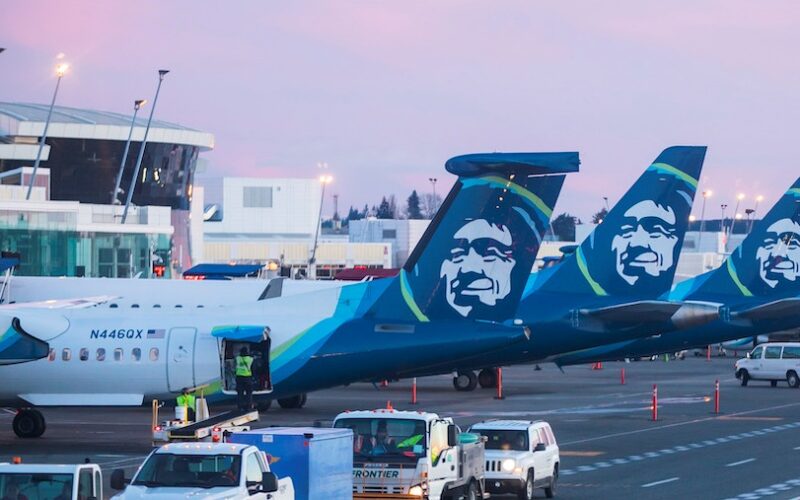Alaska Airlines gears up for increased air traffic in 2021
Last autumn, COVID-19 case figures jumped from the U.S., sabotaging a nascent recovery in air travel demand.
This drawback drove a steep earnings reduction for its Alaska Airlines parent and compelled it to continue burning cash last quarter. Nevertheless, Alaska Airlines executives anticipate air travel demand to rebound in 2021. The airline has been well positioned to profit on that possible opportunity.
Mixed fourth-quarter Outcomes
Alaska Air’s earnings fell 64% to $808 million last quarter, missing an average analyst estimate of about $825 million. In addition, the company posted a large adjusted loss of $2.55 per share and burnt an average of $3.7 million of money per day.
That said, while cash burn didn’t improve as much as management had originally anticipated, it did slow modestly on a sequential basis. Alaska’s adjusted reduction was thinner than the analyst consensus of -$2.87 per share. Yet again, direction did an fantastic job of navigating tough business conditions.
In the end, investors obtained a welcome surprise near the close of the quarter, since Congress passed a new payroll service program for the airline industry. Alaska Air will get $533 million in the government this quarter, including more than $400 million of grants. That is more than sufficient to offset the corporation’s Q4 money burn.
Demand is already starting to return
At this time, U.S. air travel requirement — as measured by current passenger amounts — remains extremely feeble. As the vaccine rollout accelerates in the months ahead, the pandemic must keep on receding.
Many Americans are somewhat more optimistic about the pandemic’s potential course because of these factors. They might not be traveling today, but many men and women have started to reserve future travel. During Alaska Air’s earnings call, executives noticed that reserving action has been improving daily for many weeks. The range of individuals reserving tickets has outpaced the number actually flying about 50%. If case counts continue falling during the upcoming few months, then that will likely unleash additional pent-up requirement.
Based on the favorable booking tendencies, Alaska Airlines plans to run about 80% of its pre-pandemic capacity from the summertime. Management has decided to ramp up capability slowly between now and to minimize the danger of operational snafus. This may cause it to burn off a little more cash in the near term, but this choice could pay off beautifully if leisure travel demand surges this summer.
Alaska Air is ready for anything
In fact, the firm’s adjusted net debt barely increased throughout the year. And as of Jan. 22, 2021, Alaska had $5.2 billion of money: much more than it’d require even if demand recovers much more slowly than handling expects.
Alaska’s outstanding liquidity and also rock-solid balance sheet are letting it capture near-term chances, such as the company’s recent deals to expand its own Boeing 737 MAX fleet. The company now intends to take delivery of 68 new 737 MAX 9s by the end of 2024, with the majority of these arriving over the following couple of years. Meanwhile, it has retired heaps of older and not as efficient Airbus A319s and A320s, which will return to lessors over the next few years.
Without a solid balance sheet, even Alaska Air couldn’t have afforded to tackle such a rapid fleet transition. (It expects to pay $1.3 billion to $1.4 billion of capital expenses next year.) Rather, Alaska is now poised to unlock significant cost savings by upgrading its fleet over the next few years. The airline offers the options to expand its fleet farther if demand warrants it.
Wise investors will look beyond the near-term weakness in Alaska Air’s outcomes. This airline has put itself in fantastic position to capitalize on the coming recovery in U.S. air travel demand.

